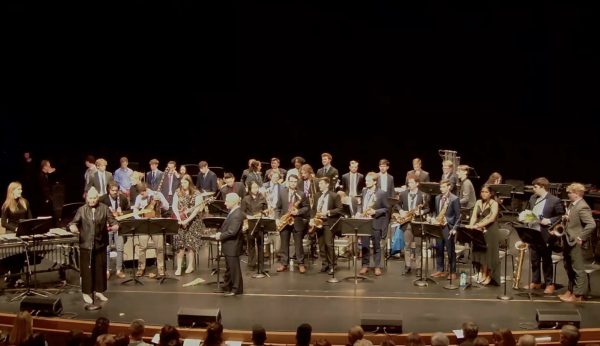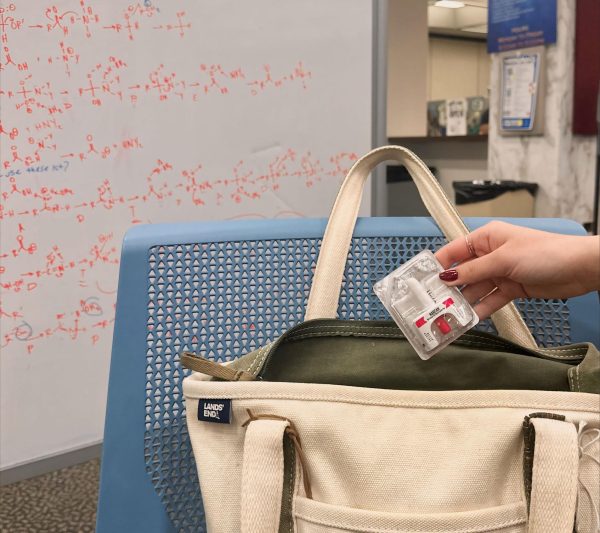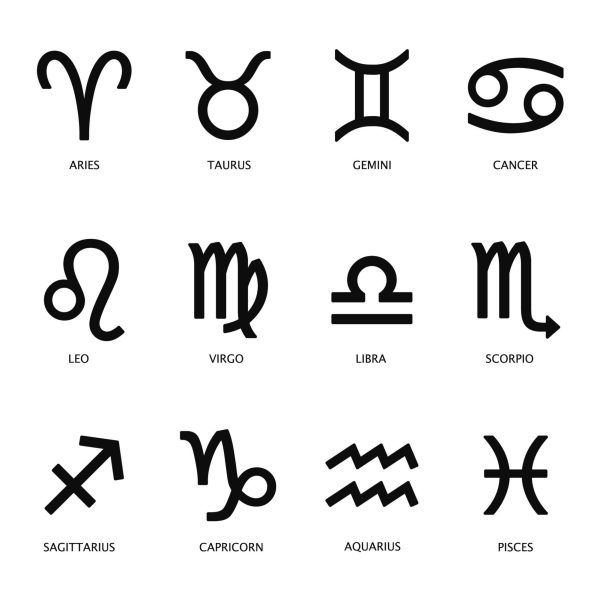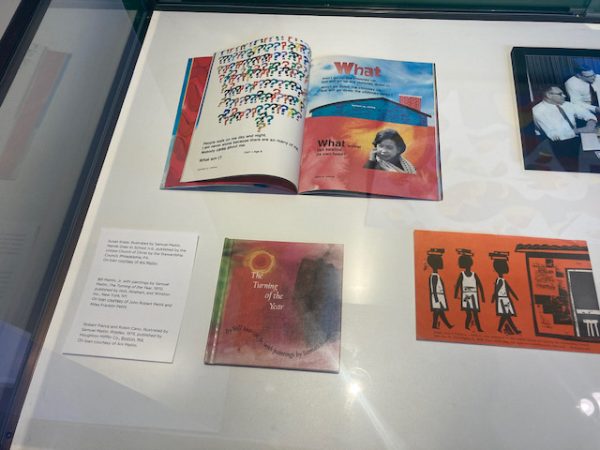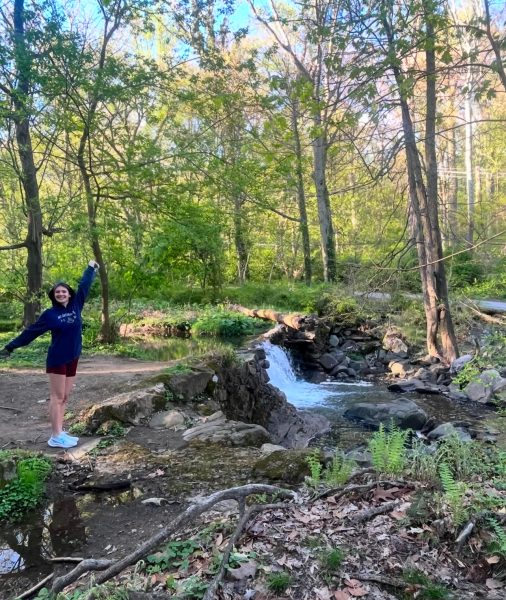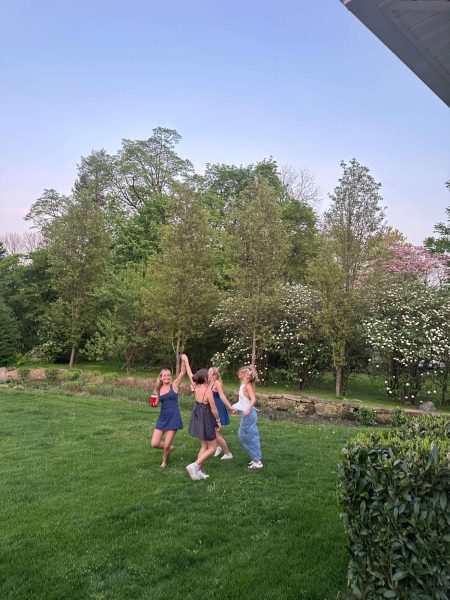Rally to Restore Sanity draws huge crowd in DC
November 2, 2010
Bus terminals, highways and D.C. metro stations were flooded with thousands of people on Saturday, Oct. 30, to participate in Jon Stewart’s Rally to Restore Sanity and/or Fear. They hailed from all over: from Missouri, Wisconsin, Arizona, South Carolina, New Hampshire and even Brazil.
Even the signs rally-goers carried were singularly indicative of how diverse the group of people was that had descended upon the nation’s capitol.
Signs ranged in content, from bashing the Tea Party (“Forget tea, I’ll have a venti mocha latte”) to nonsense (“Save the Dinosaurs”) to movie commentary (“What would Jake and Elwood do?”).
Craig Sandler, 18, of Massachusetts, who describes himself as “somebody who is slightly conservative-leaning,” was “surprised by how little partisanship there was in the content of the rally” and those who attended.
While liberal activist groups, such as the Human Rights Campaign, did join in at the rally, it was clear that the rally served no purpose in promoting any party, policy or political candidate.
“I think this rally is set up for the 85 percent of the country that tries to be sane and bipartisan,” says Lauren Simpson, 27, of Washington, D.C. “I think the goal is to create an open dialogue amongst people.”
But host Jon Stewart was left asking, “What is this exactly?”
Stewart and co-host Stephen Colbert filled the afternoon with banter on the merits of “Reasonableness” and “Keeping the Fear Alive.” Events were increasingly random and included appearances by Oprah, Kid Rock, Father Guido Sarducci, the Mythbusters and Ozzy Osborne.
The events invited crowd participation.
“Stewart and Colbert themselves seem to be keeping to their stated goal of advocating moderation and focusing on what draws us together instead of what keeps us apart,” Sandler says.
Stewart used the rally as a forum for commentary on today’s media, as well as an opportunity to remind Americans to work together to rethink their own social prejudices and fears that arose post 9/11 and to help others see the error of their ways.
One of the rally’s most socially relevant examples to correcting fears was framed by a question from Colbert: “Not all the things that I or my fellow Americans are afraid of are made up. What about Muslims?”
Stewart responded deftly, “There are 1.5 billion Muslims in the world. Most of them did not [attack us].” He even brought out a Muslim he thought Colbert “might like”: Kareem Abdul Jabbar.
Stewart, Colbert and the guests, like Jabbar, created a dialogue that personified many of the conflicts Stewart would mention in his jarring closing remarks.
“This was not a rally to ridicule people of faith or people of activism, or to look down our noses at the heartland or passionate argument, or to suggest that times are not difficult and that we have nothing to fear,” Stewart said. “They are and we do. But we live now in hard times, not end times. And we can have animus and not be enemies.”
Stewart cited the media for instilling an unreasonable amount of fear in the American people. A video montage cycled through dozens of news clips warning Americans of everything from allergens to water to terror.
The press is responsible for creating irrational fear and prejudice in the American people, according to Stewart.
“If we amplify everything, we hear nothing,” Stewart said. “The press is our immune system. If we overreact to everything, we actually get sicker — or perhaps eczema.”
Yet, Stewart admitted to feeling fine about the distorted image of America presented by the media.
Stewart asserted that people are not always Democrats or Republicans, but they are people who are just living their lives, trying to merge with other drivers on the highway. Video screens throughout the National Mall flashed to a stream from a local traffic tunnel.
Stewart commented on the diversity of the drivers. These people could be anything from a “Mormon Jay-Z fan” to “a fundamentalist vacuum salesman,” but they are nonetheless united by being people, he said.
Stewart’s quirky example of drivers on a highway circled back to his important message of working together.
“The truth is, there will always be darkness,” he said. “And sometimes the light at the end of the tunnel isn’t the promised land. Sometimes it’s just New Jersey. But we do it anyway, together.”


